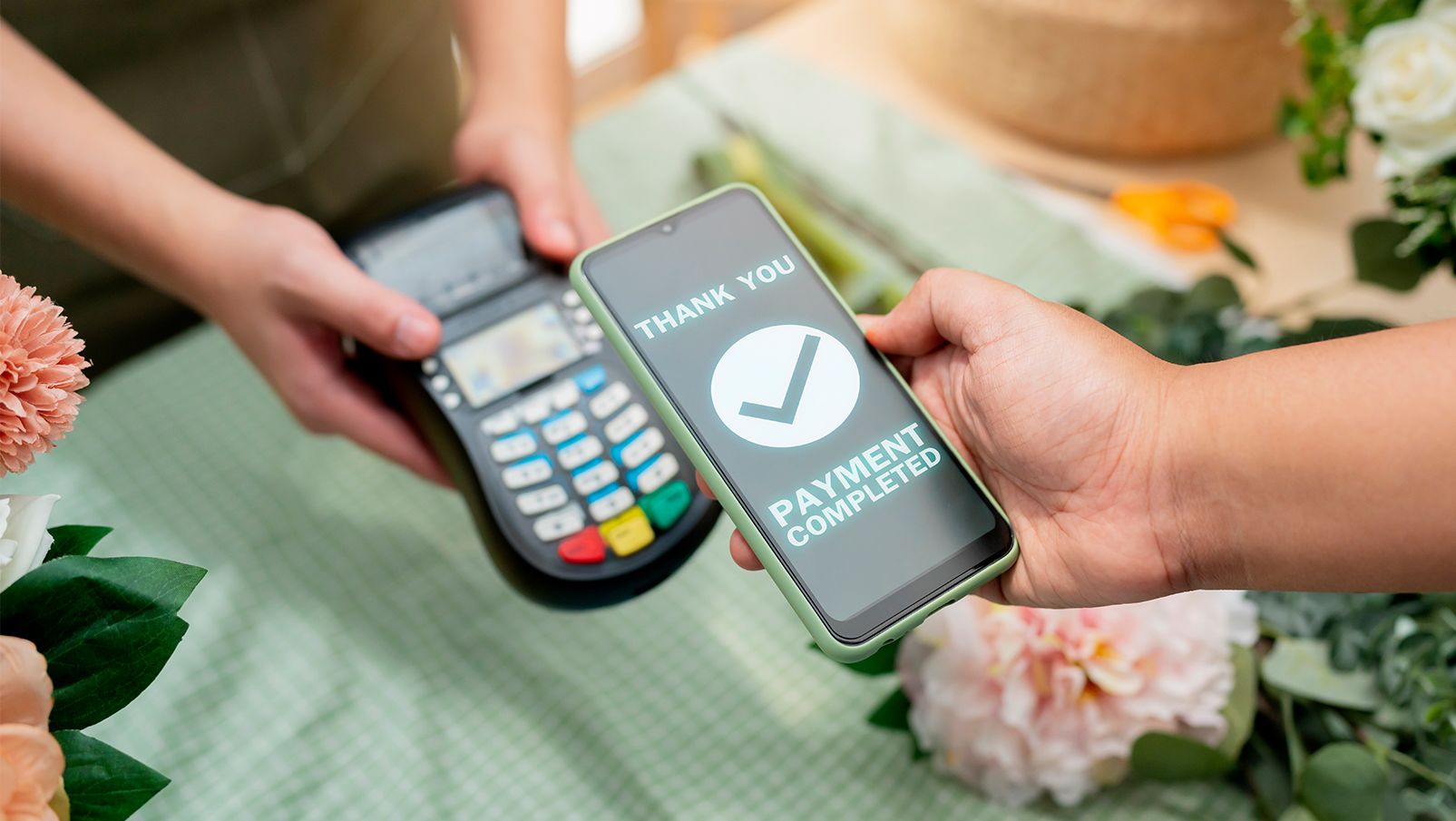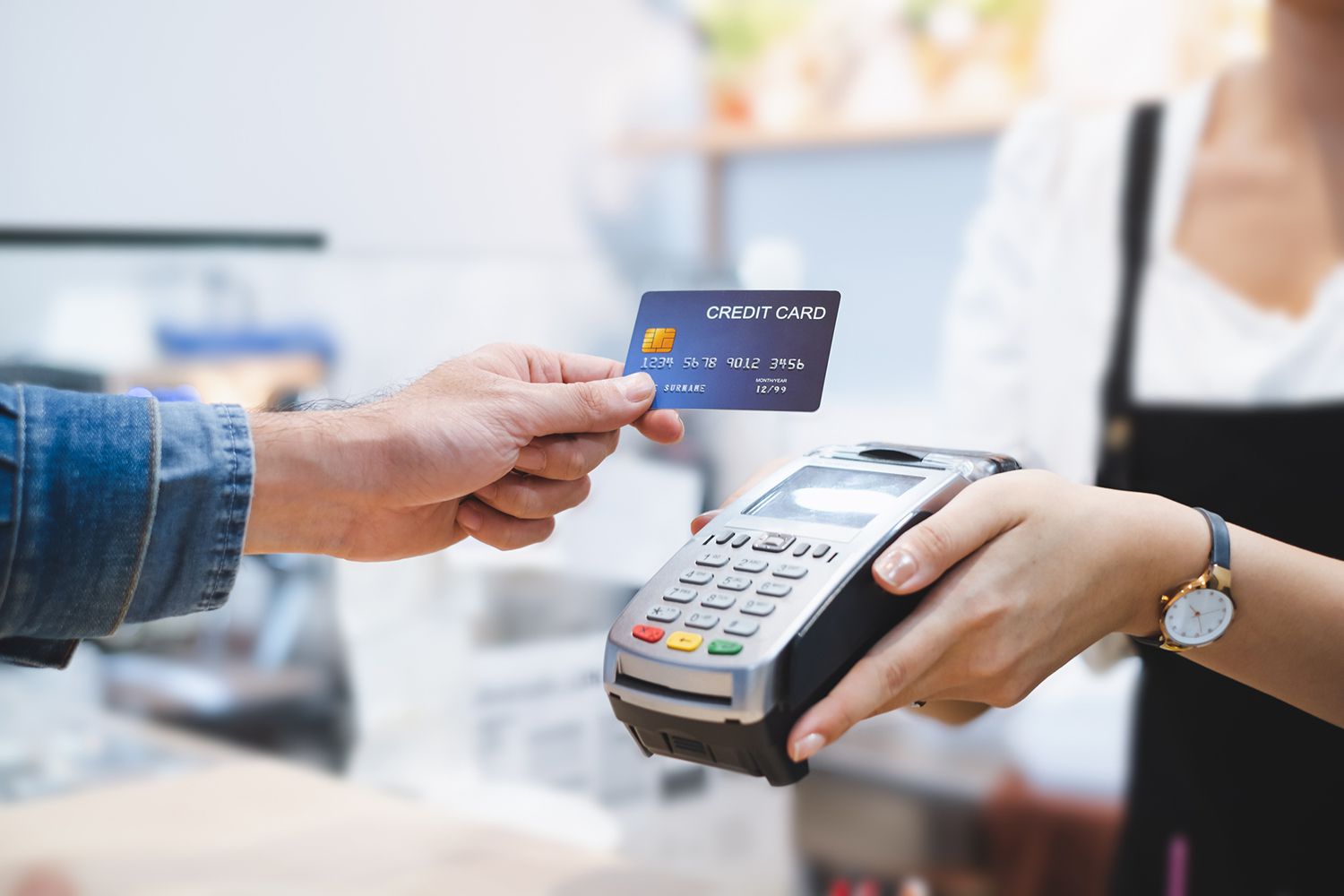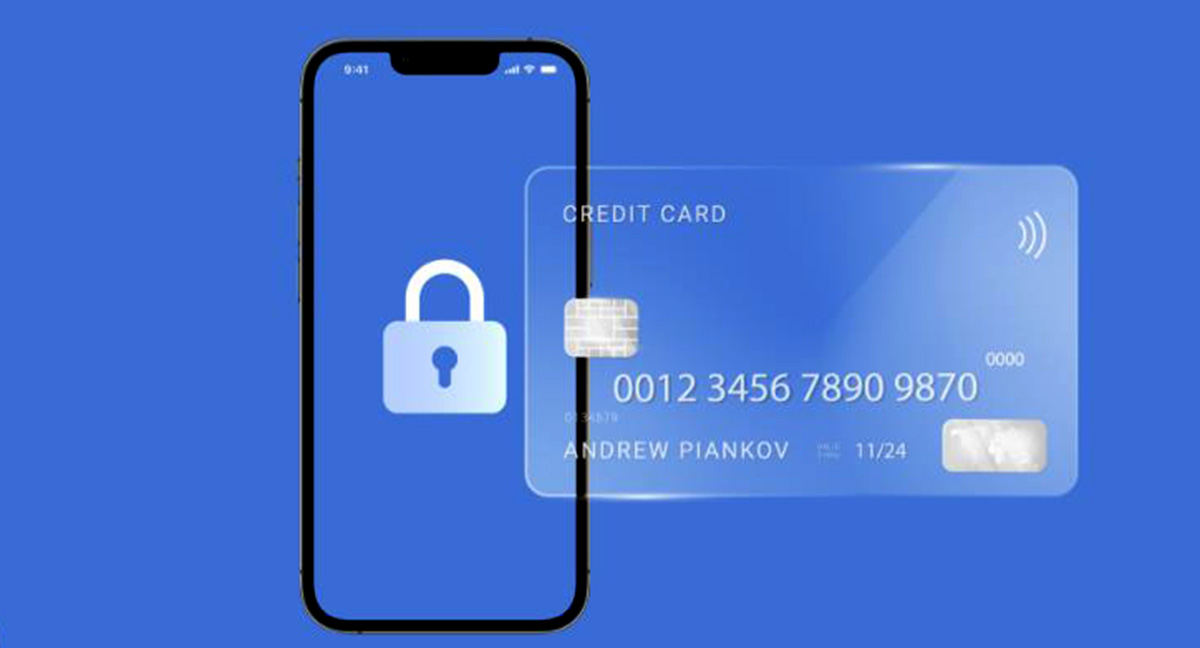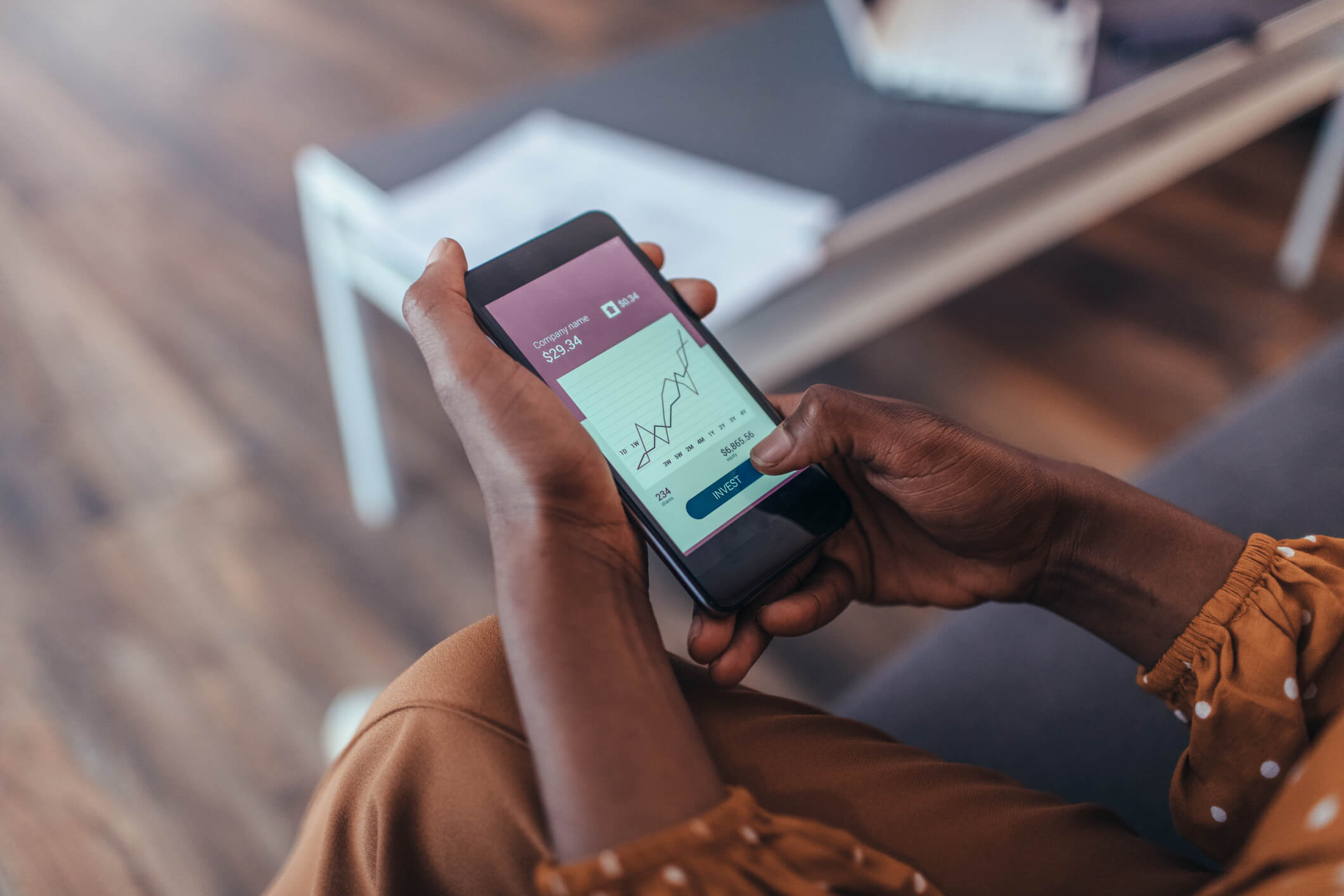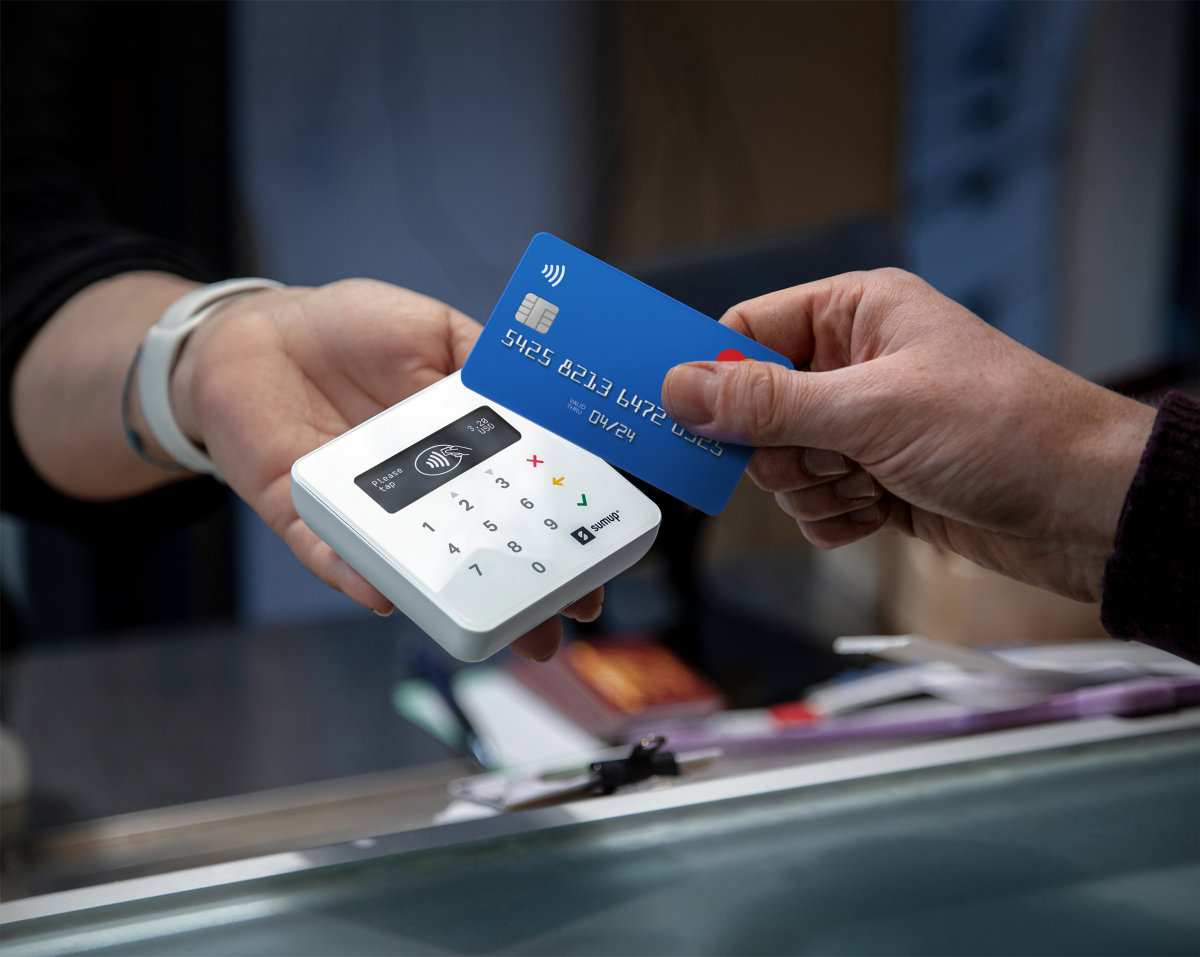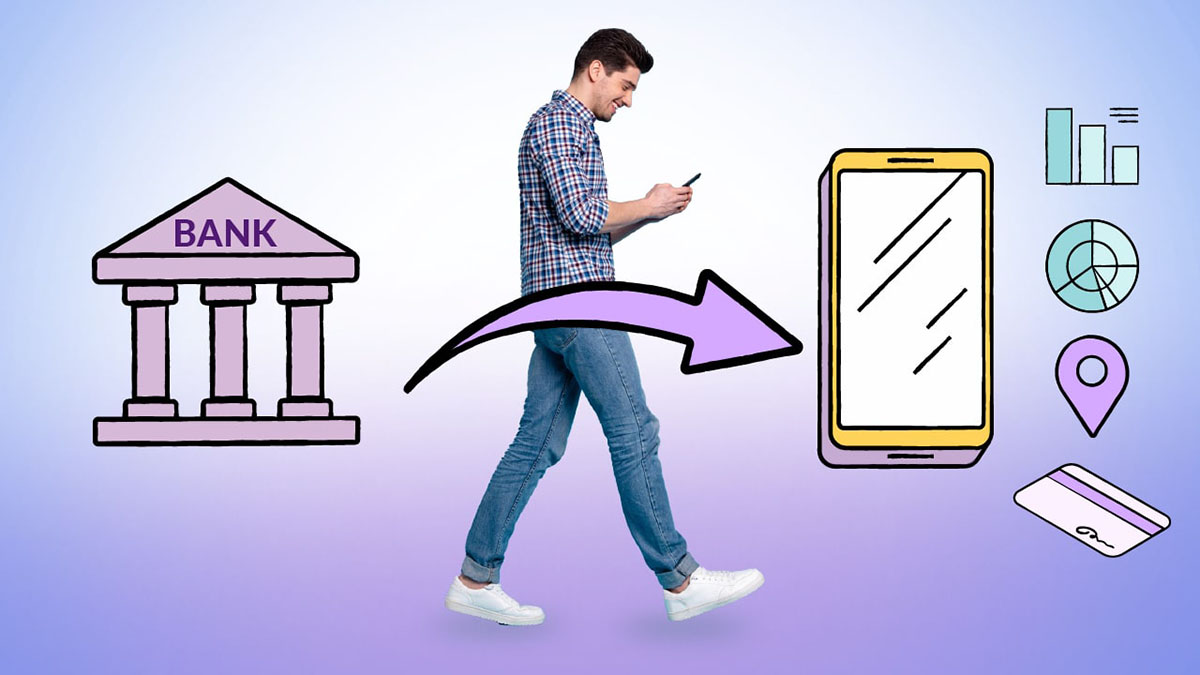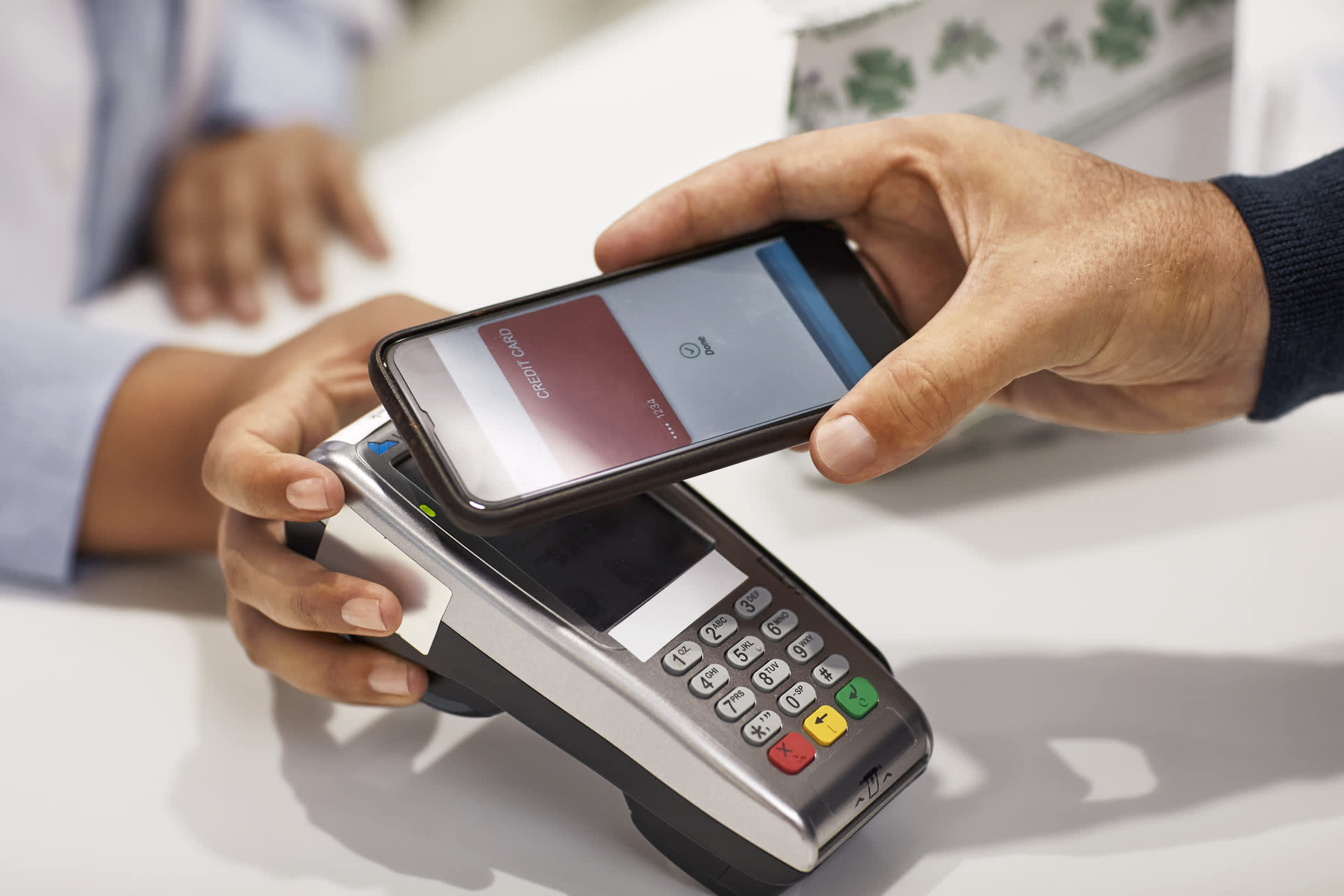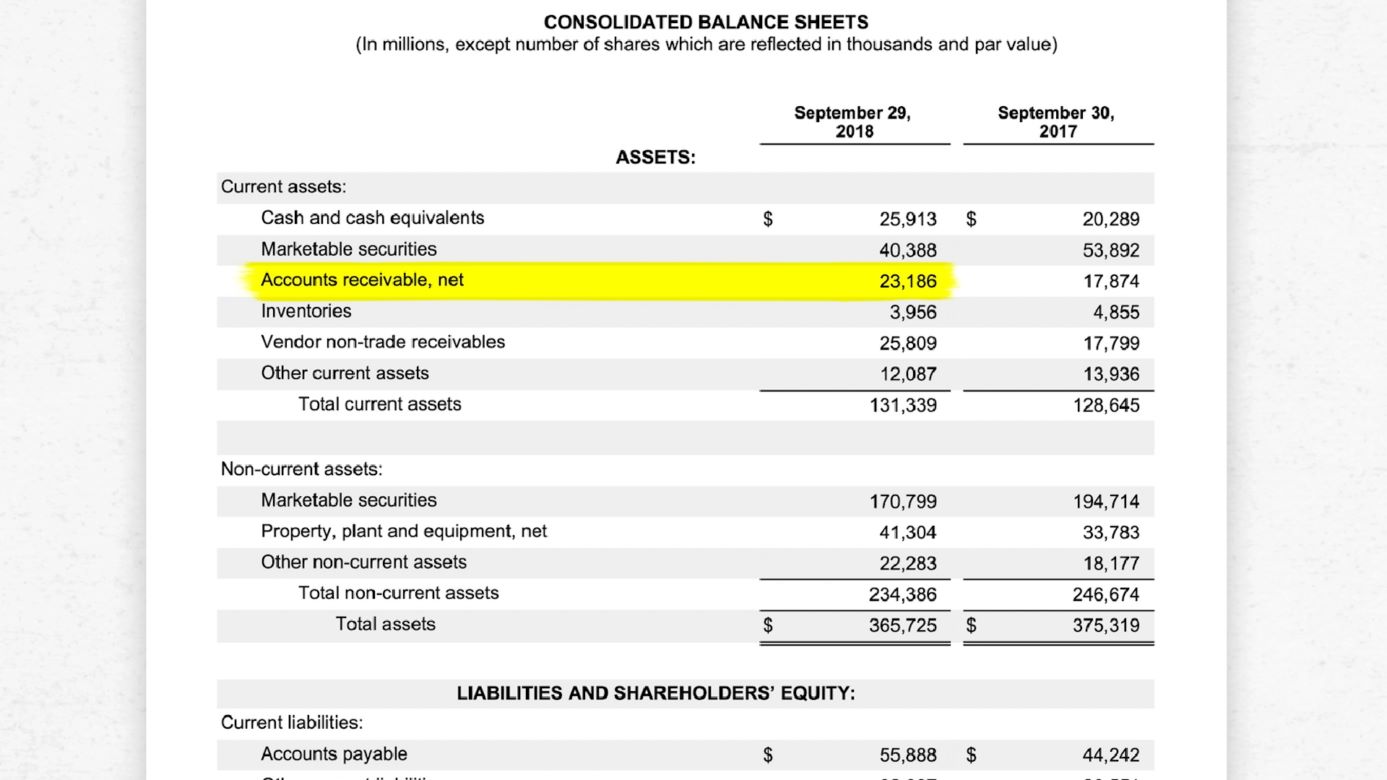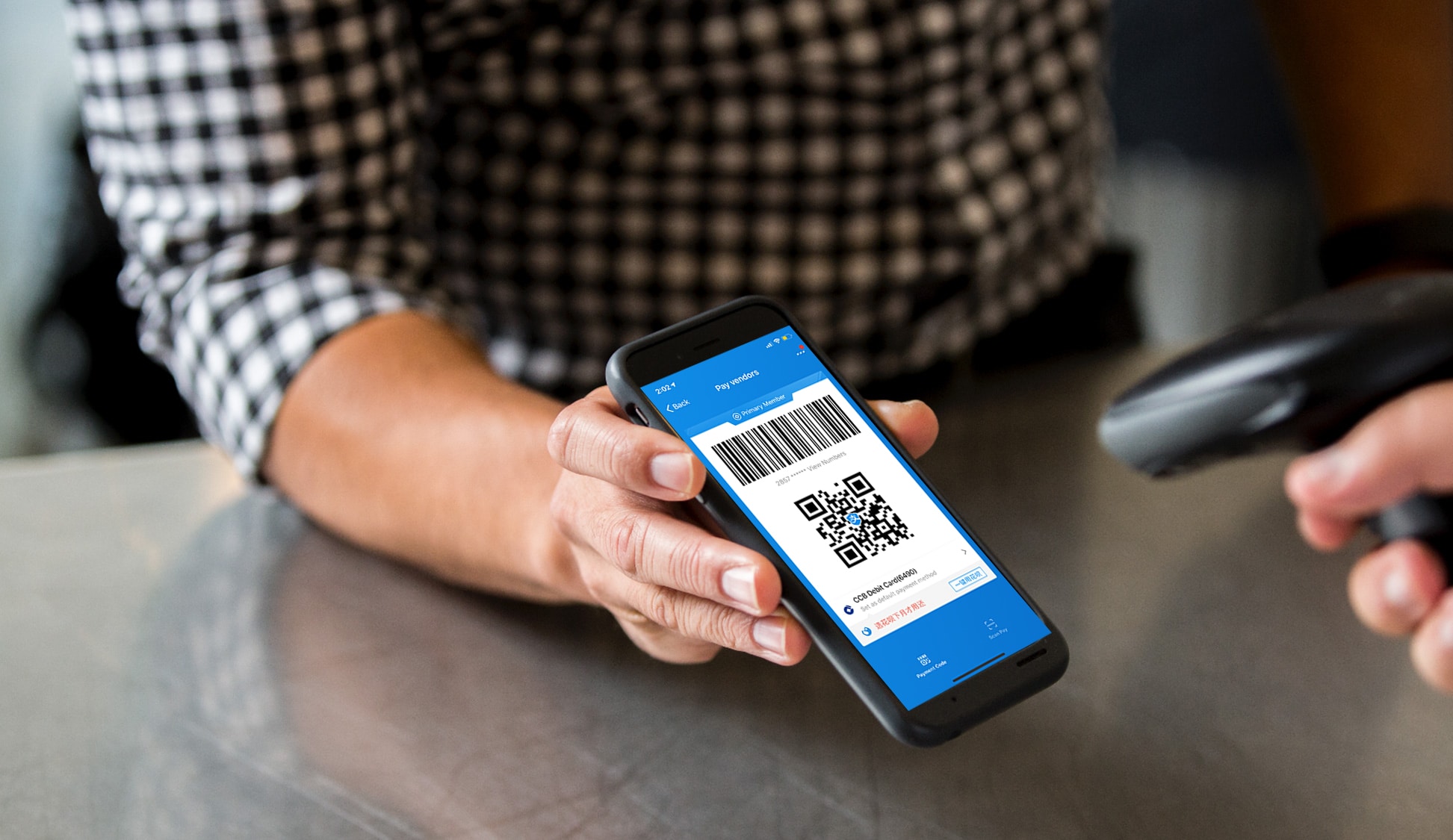

Finance
What Is The Point Of Mobile Payments?
Published: February 27, 2024
Discover the benefits of mobile payments in the finance industry. Learn how this technology is revolutionizing the way we handle transactions and manage our finances.
(Many of the links in this article redirect to a specific reviewed product. Your purchase of these products through affiliate links helps to generate commission for LiveWell, at no extra cost. Learn more)
Table of Contents
Introduction
Introduction
In today's fast-paced world, technological advancements have revolutionized the way we conduct financial transactions. One of the most significant developments in this realm is the widespread adoption of mobile payments. This innovative method allows individuals to make transactions using their smartphones or other mobile devices, eliminating the need for physical cash or cards. The convenience, security, and integration of mobile payments into everyday life have positioned this technology as a game-changer in the financial landscape.
Mobile payments encompass a broad spectrum of transactions, including online purchases, in-store payments, peer-to-peer transfers, and bill payments. The seamless integration of mobile payment platforms with various financial institutions, retailers, and service providers has transformed the way consumers interact with businesses. As a result, it is crucial to delve into the key aspects that make mobile payments a pivotal component of modern finance. From the perspective of both consumers and businesses, understanding the benefits and functionalities of mobile payments is essential for leveraging this technology to its fullest potential.
Convenience and Efficiency
Convenience and Efficiency
One of the primary drivers behind the widespread adoption of mobile payments is the unparalleled convenience and efficiency they offer. With the omnipresence of smartphones, consumers can now carry out financial transactions with unprecedented ease. Whether it’s making a purchase at a retail store, settling bills, or transferring funds to friends and family, the ability to complete these tasks through a mobile device has streamlined the entire process.
Mobile payments have eradicated the need to carry physical wallets or rummage through purses in search of credit cards. This level of convenience not only saves time but also enhances the overall customer experience. Additionally, the integration of mobile wallets, such as Apple Pay, Google Pay, and Samsung Pay, has further simplified the payment process by allowing users to store their payment information securely and access it with a simple tap or scan.
Moreover, the efficiency of mobile payments is evident in their speed and accessibility. Traditional payment methods, such as cash or card transactions, often involve waiting in line or manually inputting card details. In contrast, mobile payments enable swift and contactless transactions, significantly reducing wait times at checkout counters. The ability to complete a transaction in a matter of seconds not only benefits consumers but also enhances operational efficiency for businesses, leading to shorter queues and improved customer turnover.
Furthermore, the integration of loyalty programs and digital receipts within mobile payment platforms adds another layer of convenience for users. By consolidating these features into a single application, consumers can effortlessly track their purchases, redeem rewards, and manage their expenses without the hassle of maintaining physical documents or loyalty cards.
Security and Safety
Security and Safety
When it comes to financial transactions, security and safety are paramount, and mobile payments have made significant strides in addressing these concerns. The implementation of robust security measures within mobile payment platforms has instilled confidence in consumers and businesses alike.
One of the key security features of mobile payments is tokenization, which replaces sensitive card information with a unique digital token. This token is used for transactions, reducing the risk of exposing actual card details in the event of a data breach. Additionally, biometric authentication methods, such as fingerprint scanning and facial recognition, add an extra layer of security, ensuring that only authorized users can initiate transactions.
Furthermore, mobile payments leverage encryption protocols to safeguard data transmission between the mobile device and the payment terminal. This encryption mitigates the risk of interception and unauthorized access to sensitive information, bolstering the overall security posture of mobile transactions.
In terms of safety, the contactless nature of mobile payments minimizes physical interaction during transactions, reducing the likelihood of card skimming and counterfeit fraud. With the proliferation of near-field communication (NFC) technology, users can simply tap their devices to complete a payment, eliminating the need to hand over physical cards that can be susceptible to theft or cloning.
Moreover, in the event of a lost or stolen device, most mobile payment platforms offer remote locking and wiping capabilities, allowing users to protect their payment information and personal data from unauthorized access. This proactive approach to device security provides users with peace of mind, knowing that they can take swift action to prevent misuse of their mobile payment credentials.
Overall, the emphasis on security and safety within mobile payment ecosystems has been instrumental in fostering trust and encouraging widespread adoption. By prioritizing the protection of user data and financial assets, mobile payments have emerged as a secure and reliable alternative to traditional payment methods.
Integration and Innovation
Integration and Innovation
The seamless integration of mobile payments into various facets of everyday life has catalyzed a wave of innovation, transforming the way individuals engage with financial transactions and technological advancements. This convergence of finance and technology has given rise to a myriad of innovative solutions that not only streamline payment processes but also pave the way for new possibilities in the realm of commerce and consumer engagement.
One of the hallmarks of mobile payments is their interoperability with existing financial infrastructure and point-of-sale systems. This integration enables businesses of all sizes to accept mobile payments, empowering them to cater to evolving consumer preferences and stay ahead in an increasingly digital marketplace. Whether it’s a small, independent retailer or a multinational corporation, the ability to seamlessly incorporate mobile payments into their operations fosters a more inclusive and dynamic payment ecosystem.
Moreover, the advent of application programming interfaces (APIs) and software development kits (SDKs) has fueled innovation in the mobile payment landscape. Developers and financial institutions are leveraging these tools to create tailored payment solutions, enhance user experiences, and introduce novel functionalities, such as split payments, recurring billing, and real-time transaction tracking. This continuous innovation not only enriches the capabilities of mobile payment platforms but also spurs the development of complementary services that complement the core payment experience.
Furthermore, the convergence of mobile payments with emerging technologies, such as augmented reality (AR) and Internet of Things (IoT), has unlocked new avenues for immersive and context-aware payment experiences. From interactive shopping experiences that blend physical and digital elements to IoT-enabled smart devices that facilitate frictionless payments, the synergy between mobile payments and cutting-edge technologies is reshaping the future of commerce and consumer engagement.
As mobile payments continue to evolve, the integration of artificial intelligence (AI) and machine learning algorithms is poised to revolutionize fraud detection, personalized recommendations, and predictive analytics within payment ecosystems. These advancements not only enhance the security and efficiency of mobile payments but also lay the foundation for a more intelligent and adaptive financial infrastructure.
In essence, the integration and innovation surrounding mobile payments are driving a paradigm shift in how individuals interact with financial services and technology, setting the stage for a future where seamless, secure, and intelligent transactions are the norm.
Conclusion
Conclusion
Mobile payments have transcended conventional payment methods, offering unparalleled convenience, robust security, seamless integration, and a catalyst for innovation. As the financial landscape continues to evolve, the adoption of mobile payments is poised to reshape the way individuals and businesses engage in transactions, paving the way for a more connected, efficient, and secure ecosystem.
With the ubiquity of smartphones and the continuous advancement of payment technologies, mobile payments have become an indispensable tool for consumers seeking frictionless and efficient transactions. The ability to make purchases, transfer funds, and manage finances with the tap of a screen has redefined the expectations of modern commerce, placing convenience at the forefront of the user experience.
Furthermore, the emphasis on security and safety within mobile payment platforms has instilled trust among users, mitigating concerns related to fraud and unauthorized access. The integration of tokenization, biometric authentication, and encryption protocols has fortified the resilience of mobile payments, positioning them as a secure alternative to traditional payment methods.
Moreover, the seamless integration of mobile payments into diverse industries and the ongoing wave of innovation underscore the transformative potential of this technology. From small businesses to multinational enterprises, the ability to leverage mobile payments to enhance customer engagement, streamline operations, and drive new experiences exemplifies the adaptability and versatility of this payment paradigm.
As the trajectory of mobile payments continues to evolve, the convergence of finance and technology is poised to unlock new frontiers, driven by advancements in AI, IoT, and personalized experiences. This convergence not only augments the capabilities of mobile payments but also sets the stage for a future where intelligent, context-aware transactions redefine the dynamics of commerce.
In essence, mobile payments represent more than just a mode of transaction; they embody a transformative force that transcends boundaries, empowers individuals and businesses, and heralds a new era of financial interconnectedness. By embracing the inherent convenience, security, integration, and innovation of mobile payments, stakeholders can harness the full potential of this technology, shaping a future where seamless, secure, and intelligent transactions are the cornerstone of modern finance.

